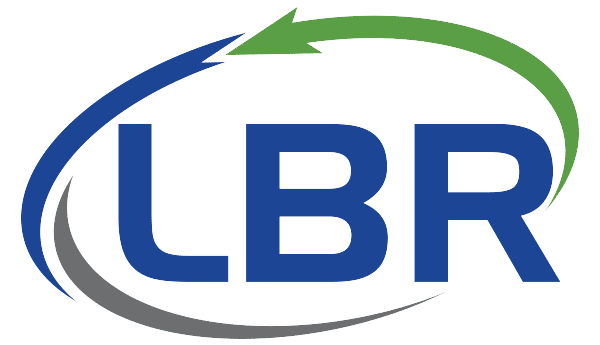Lately, there has been a lot of buzz around Extended Producer Responsibility (EPR) and what it could mean for Alberta. Put simply, EPR places the responsibility of managing the post-consumer stage of a product on the producer. Meaning the companies who manufacture the products and packaging are charged with ensuring these items are recycled or properly disposed of when people are done with them. Other provinces have introduced EPR with great successes, such as reducing municipal costs, generating tax-payer savings, creating new jobs, supporting small businesses, reducing emissions, and increasing investment.
Extended Producer Responsibility (EPR) aims to address one of the major shortfalls in our current production system. When plastics first came into the market the opportunities seemed endless. Back then few could have guessed that in 2021 we’d be facing environmental horrors such as the Great Pacific Garbage Patch. Many of the items we come into contact with daily (stir sticks, soup cans, cereal boxes, plastic clamshells, etc.) were not designed with reuse in mind. Now we’ve been stuck trying to come up with ways to extract and reuse the valuable materials caught up in these wasteland-bound items.
Instead of trying to salvage what we can from an item meant for a single-use, what if we could redesign the item itself to make it last longer or easier to recycle? EPR has the potential to invigorate solutions like this. With the pressure to recycle taken from the general public and transferred to the companies who consume the raw materials, these huge consumers now have an incentive to keep the end of the use of their products and packaging in mind from the get-go.
This means materials will be more likely to be reused and recycled multiple times, ensuring materials are used to their full potential and waste is minimized. For more information and to provide feedback, you can check out the Government of Alberta’s website: Visit the website





